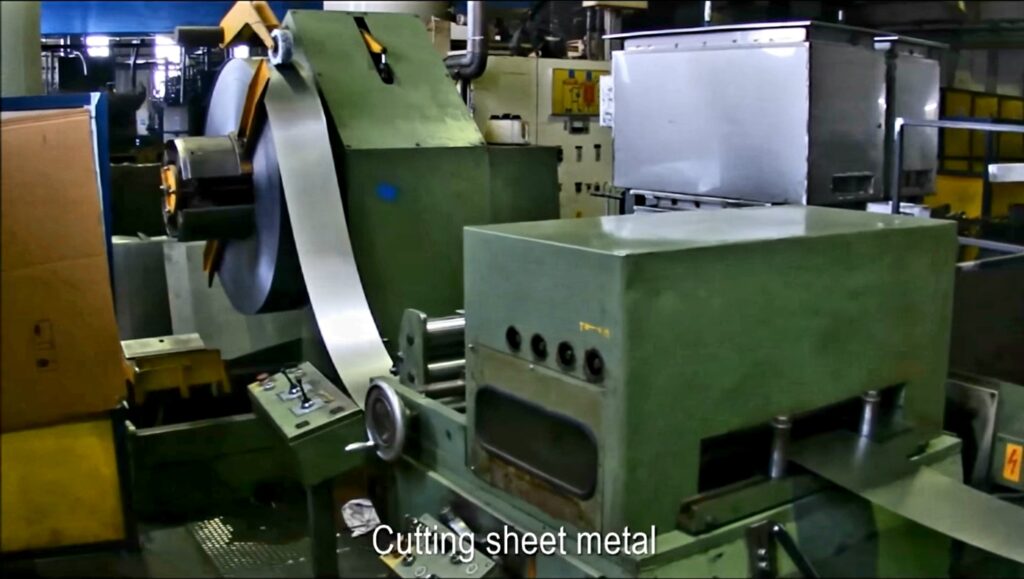In 2019, I bought a PSA AK-V and really liked it. The little pistol caliber carbine was reliable, accurate and fun. I did an initial four blog posts about the purchase and then one on converting it.
- PSA AK-V Part One: Good Reviews Really Raised My Interest After They Fixed Initial Problems
- PSA AK-V Part Two: First Thoughts Out Of The Box
- PSA AK-V Part Three: Changing the Brace, Adding a Red Dot and Installing A Quick Takedown Pin For The Dust Cover
- PSA AK-V Part Four: Lubricating and Picking a Carrying Case
- First Range Visit For the PSA AK-V
- Converting the PSA AK-V To Look Like A Russian Vityaz-SN PP-19-01
Because I liked the AK-V so much, I started paying close attention to reports about the improved quality of the PSA AK line in general. I read the posts in the Facebook AK-47 group regularly and guys were reporting how happy they were with the GF3 series and the new AK-E that would be the PSA premium rifle with forged trunnions, nickel boron coated carrier and bolt plus a premium cold hammer forged barrel from FN. It definite caught my attention so I decided to monitor the situation.
Out Comes Rob Ski’s Videos
Rob is the creator and host of AK Operator’s Union’s video series. He was born in Poland and served in the Polish Land Forces as an infantryman. Then, when his family immigrated to the United States, he joined the US Army and was a paratrooper. In short folks, he’s the real deal when it comes to his opinions and experiences. If you’d like to read more, click here to read a 2014 interview.
Some people like Rob and some don’t – I like Rob. I think he’s a character and like his videos. I also respect his opinions. At any rate, he did a series of videos on the AK-E and the first one caught my eye because of the title “I hate new Palmetto State Armory AKE” – here it is:
He then posted an update after 2,000 rounds:
One at 3,000 rounds
After even more rounds and after pouring in a bunch of sand while it was running, accurate and Rob was impressed.
Well, between the Facebook group and Rob, I ordered my AK-E and will post about taking it out of the box next.
Please note that all images were extracted from the video and are the property of their respective owner.
If you find this post useful, please share the link on Facebook, with your friends, etc. Your support is much appreciated and if you have any feedback, please email me at in**@*********ps.com. Please note that for links to other websites, we are only paid if there is an affiliate program such as Avantlink, Impact, Amazon and eBay and only if you purchase something. If you’d like to directly contribute towards our continued reporting, please visit our funding page.
PSA AK Webstore Links
Interested in an American made AK? Consider Palmetto State Armory (PSA) as a source. Click on the following links for the associated webstore categories for AK-related rifles, pistols and parts at PSA:
- PSA AK-74 – PSA, just released their 5.45×39 rifle
- PSA AK-47 GF4
- AK-V (their Vityaz-inspired wicked 9mm) – [click here for my blog posts on the one I bought and converted] – this includes accessories
- Accessories including magazines, handguards, grips, triggers and more
- They are also selling individual parts such as springs, barrels, bolt carriers, furniture sets, repair kits and more






























